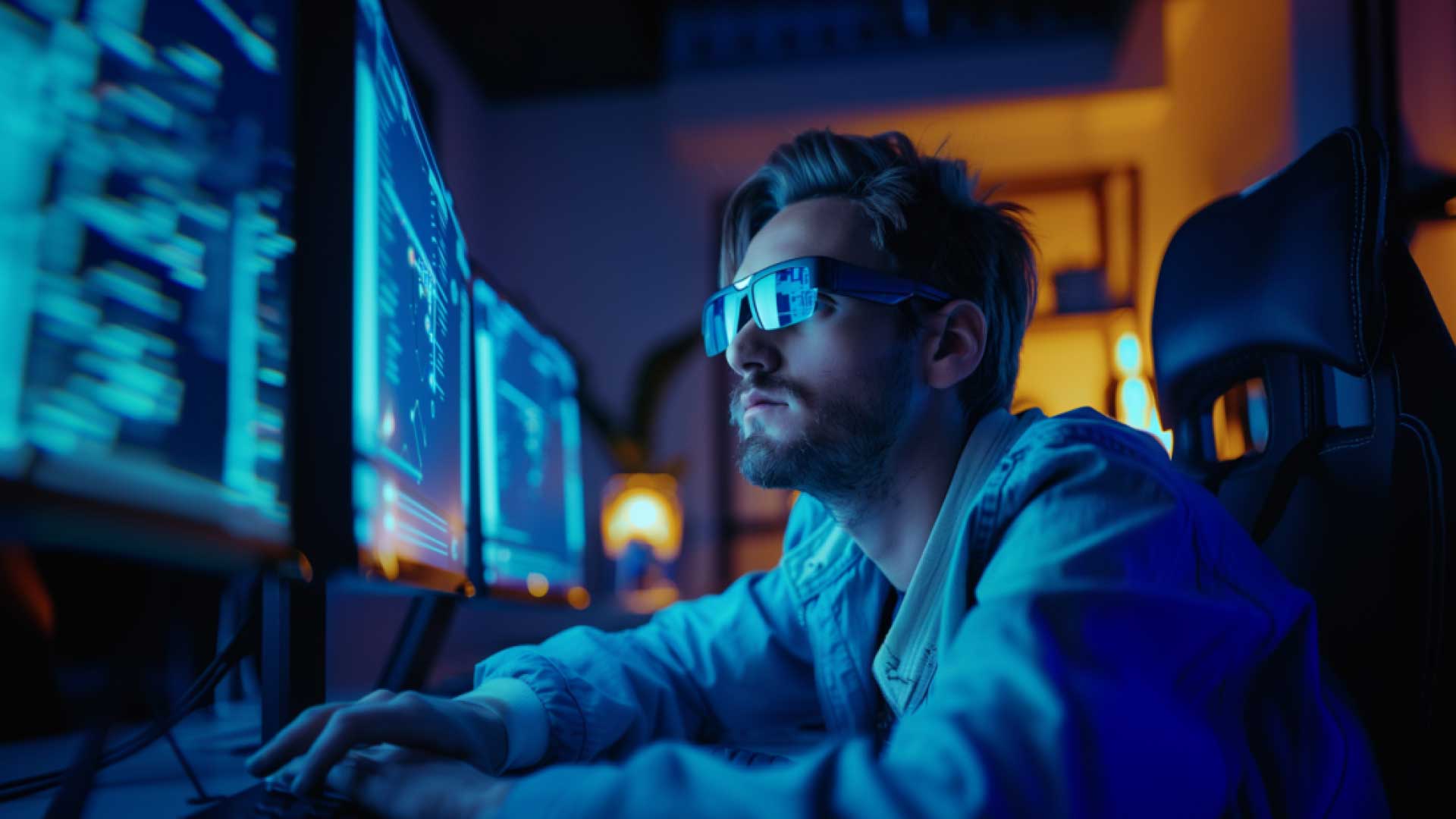Discover Advanced Assistive Devices for People With Aesthetic Disabilities
The landscape of assistive modern technology for people with visual impairments is developing quickly, providing an array of cutting-edge tools that boost autonomy and involvement. From smart glasses that flawlessly combine aesthetic input with auditory assistance to sophisticated navigation applications that redefine spatial awareness, these devices are improving opportunities.
Smart Glasses Innovations
Smart glasses stand for a significant innovation in assistive innovation for individuals with aesthetic problems. Outfitted with sensors and cameras, wise glasses can record real-time visual details, which is then refined and conveyed to the customer through audio responses or haptic feelings.
In addition, developments in expert system have actually further improved the capacities of smart glasses. Equipment learning algorithms can identify faces, reviewed text, and determine things, making them important devices for day-to-day tasks. Individuals can obtain acoustic cues that supply context concerning their environment, promoting freedom and self-confidence.
Additionally, the ergonomic style and light-weight nature of many smart glasses make them appropriate for long term usage, ensuring comfort while improving performance. As these tools remain to develop, they hold the possible to revolutionize the method people with aesthetic problems experience their lives, connecting the space in between access and modern technology. The ongoing research study and advancement in this field pledge to broaden the opportunities for wise glasses, making them an essential component of modern assistive devices.
Navigation Apps and Tools
Numerous navigation applications and devices have actually arised as crucial sources for people with aesthetic problems, dramatically boosting their capacity to pass through unknown atmospheres. These innovations take advantage of GPS functionality, audio cues, and real-time data to give customers with specific navigating support.
One popular example is the Aira application, which attaches individuals to qualified agents that can give aesthetic descriptions of environments and navigation assistance via an online video clip feed. This service enhances the user's spatial recognition and self-confidence while navigating. Another remarkable tool is Seeing Eye GPS, which offers voice-guided navigation and sights, enabling customers to gain access to important information concerning their surroundings.

As technology remains to development, the advancement of more innovative navigating tools promises to more equip individuals with visual problems, helping with smooth movement and integration right into diverse settings. Such advancements contribute in promoting an extra inclusive culture.
Braille Innovation Advancements
Over the last few years, improvements in Braille modern technology have actually significantly transformed exactly how individuals with visual disabilities gain access to details and involve with the globe around them. The growth of mobile Braille display screens has actually changed analysis by permitting customers to attach wirelessly to computer systems, tablet computers, and mobile phones. These gadgets convert message right into Braille in real-time, allowing seamless communication with digital material.
Furthermore, innovative Braille printers have arised, boosting the production of tactile products. Modern embossers are continue reading this quicker and extra efficient, permitting the quick production of Braille papers and academic materials. This efficiency minimizes the moment and expense connected with producing Braille sources, making them extra easily accessible to schools and companies.
In addition, the assimilation of Braille with other technologies, such as expert system and machine understanding, has actually opened brand-new opportunities for personalized discovering experiences. Voice recognition and synthesis modern technologies can complement Braille, offering a comprehensive approach to information dissemination.
As the demand for inclusive education and work environment atmospheres expands, these technical innovations play a crucial duty in empowering people with visual impairments, guaranteeing they have equivalent accessibility to details and possibilities in various elements of life.
Wearable Devices for Self-reliance
A growing selection of wearable gadgets is enhancing independence for individuals with aesthetic impairments, using innovative options that boost navigating and daily living. Braille displays and notetakers. These tools utilize advanced technologies to give real-time responses and assistance, advertising autonomy in different environments

Wearable technology additionally includes smartwatches that can be programmed with access features, making it possible for customers to receive alerts, track their places, and even call for assistance with the touch of a switch. Some devices include fabricated knowledge to assess the environment, offering audio summaries of nearby things or individuals.
Voice-Activated Assistive Solutions
Leveraging voice-activated assistive remedies has transformed the landscape of assistance for people with visual impairments, supplying hands-free interaction and access to a range of tasks. These technologies use all-natural language processing and expert system to enable customers to carry out day-to-day tasks through easy voice commands.

Moreover, recent advancements in voice recognition accuracy have improved the user experience considerably, accommodating diverse accents and speech patterns. This inclusivity ensures that more people can take advantage of these technologies, cultivating a better feeling of freedom.
Final Thought
Finally, the advancement of sophisticated assistive gadgets considerably enhances the independence and lifestyle for people with aesthetic disabilities. Developments such as smart glasses, navigating applications, Braille modern technology, wearable tools, and voice-activated options collectively foster an even more inclusive setting. These modern technologies encourage individuals to browse their environments with confidence and involve even more fully with the globe, eventually promoting better availability and equal opportunities for individuals dealing with visual challenges.
The landscape of assistive innovation for individuals with visual problems is developing rapidly, providing a variety of innovative tools that improve autonomy and involvement.Smart glasses represent a substantial improvement in assistive innovation for people with visual problems. As these gadgets proceed to advance, they hold the possible to transform the method people with visual problems experience their everyday lives, linking the space in between ease of access and technology.In current years, improvements in Braille modern technology have actually considerably transformed how people with visual impairments accessibility details and engage with the globe around them. These technologies equip customers to navigate their surroundings with confidence and involve more completely with the globe, ultimately promoting better access and equivalent opportunities for individuals encountering aesthetic challenges.